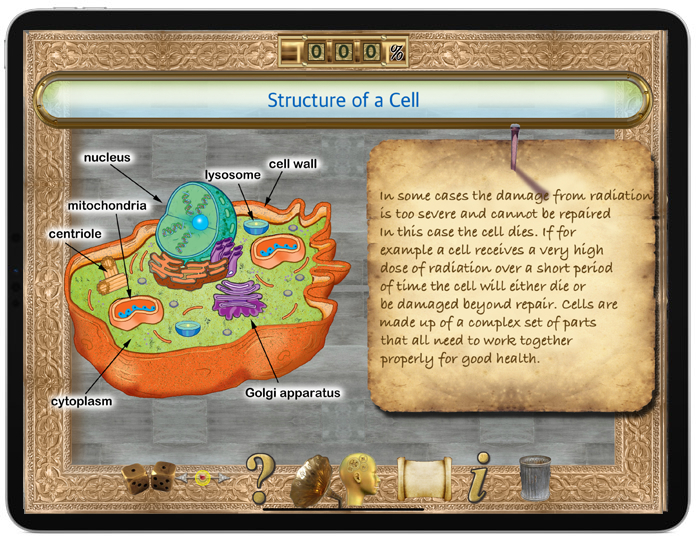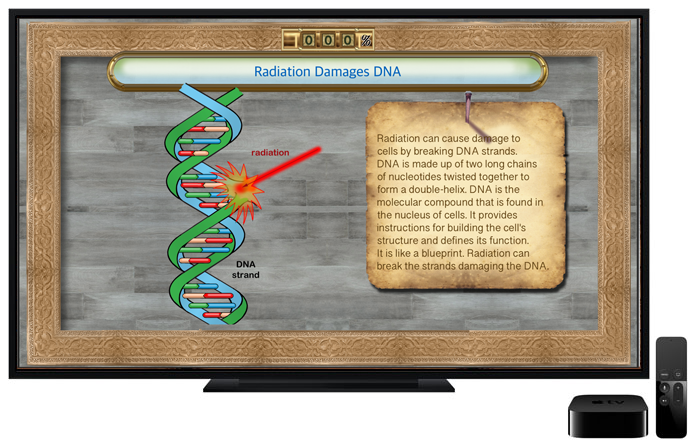
Check out our new Augmented Reality Apps! Check out our Giants in Math and Science Series: Ada Lovelace • The First Coder |
With this app students learn about the life and contributions to biological chemistry made by Rosalind Franklin. It discusses her work using X-ray crystallography to reveal the molecular structure of the DNA molecule. Rosalind Franklin was born in London, England in 1920. Her father was a banker and able to provide Rosalind with the benefits of a good education. Rosalind was accepted to Newnham Women's College at Cambridge University when she was 18 years old. She focused her studies on physics and chemistry. In 1944 it was discovered that the DNA molecule found in the nucleus of cells is the mechanism for heredity. It is through DNA that organisms pass on certain biological traits to the next generations. Scientists needed to understand the structure of DNA in order to better explain how it functioned. Rosalind Franklin used x-ray crystallography to create a photograph that led to an understanding of the structure of DNA. Students will enjoy using this graphically illustrated, interactive learning tool. The timeline feature presents key events in the development of our modern understanding of the structure and composition biological molecules, DNA in particular. Tapping on a point on the timeline brings up a description of a historically significant event and the role the Rosalind Franklin played. A quiz function helps students demonstrate their comprehension of the reading material. Key science concepts are shown in colorful illustrations. We hope this app will inspire students to study science. The app shows that Rosalind Franklin certainly deserves the place she has earned in the history of science. |
Special features make using Rosalind Franklin - Chemist and Microbiologist a fun learning tool: 1. Tap buttons to learn about the major events in her life. 2. interesting facts are presented using colorful charts. 3. Tap the quiz or game buttons to practice what you've learned. 4. Read about some of the significant events in the history of the quest to understand the structure of DNA and the important contributions that Rosalind Franklin made during her breif lifetime. 5. Sound effects make the interaction even more fun. 6. Available for iPad and Apple TV devices. |
 |
 |
|
Available now for Apple TV Bring the excitement of exploring the scientific breakthroughs and contributions made by Rosalind Franklin to your classroom or living room with the Apple TV version of the Rosalind Franklin - Chemist and Microbiologist app. |
 |
$1.99 |

